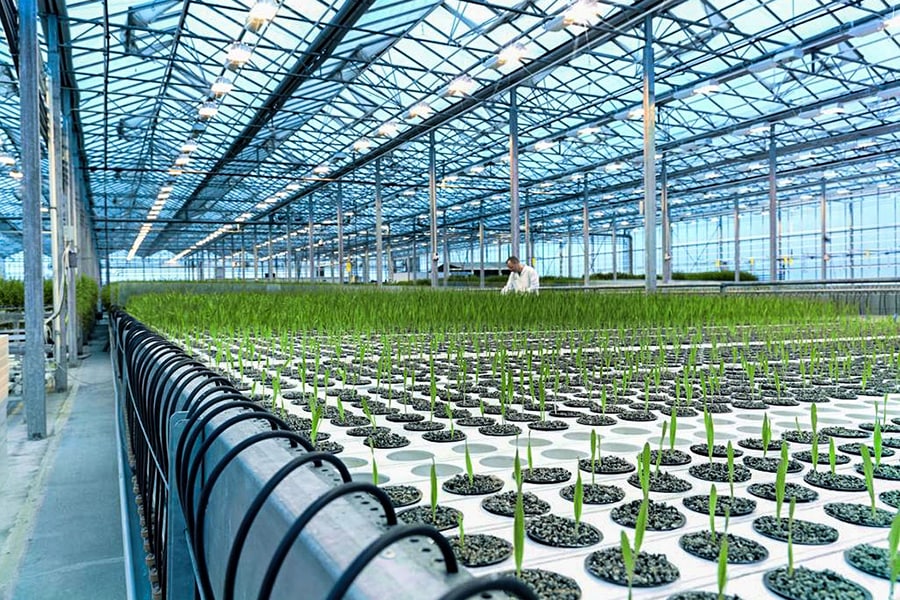
Barley enters the arena of making vegan meat
Foodtech engineers in Iceland are modifying the genetic structure of barley while it is still a seed to extract proteins that will later grow into meat-like tissues
 In Iceland, gene-edited barley is being grown to help produce lab-grown "meat."
In Iceland, gene-edited barley is being grown to help produce lab-grown "meat."
Image: Courtesy of ORF Genetics
Foodtech engineers in Iceland are modifying the genetic structure of barley while it is still a seed to extract proteins that will later grow into meat-like tissues
An animal-free growth factor could transform how lab-grown meat is produced. In fact, a start-up in Iceland manages to further reduce dependence on animals through its genetically engineered barley.
Science knows no bounds—foodtech even less so, as the industry continues to find the most economical solutions for producing lab-cultured meat with less ecological impact than cattle farming. The latest innovation hails from Iceland, in the Reykjavík region, where 130,000 genetically engineered barley plants are growing in a 2,000 sqm greenhouse, powered by geothermal energy and using water from glaciers. And that's more than just a detail, since the crops are being grown hydroponically—a technique for growing plants without soil and using nutrient solutions. Indeed, all of Iceland's natural resources are harnessed in the project, as the hydroponic system is based on volcanic pumice.
So what does a barley grain have to do with a piece of meat? Well, the engineers at this company, called ORF Genetics, edit the genetic structure of the plant while it is still a seed. As it grows, the plant produces proteins that the scientists then extract and purify. These proteins are then able to stimulate the growth of meat-like tissues.







